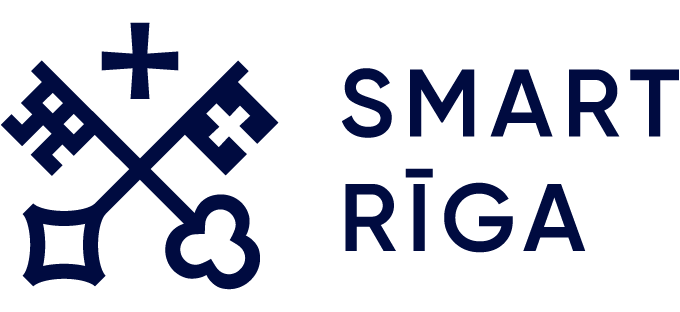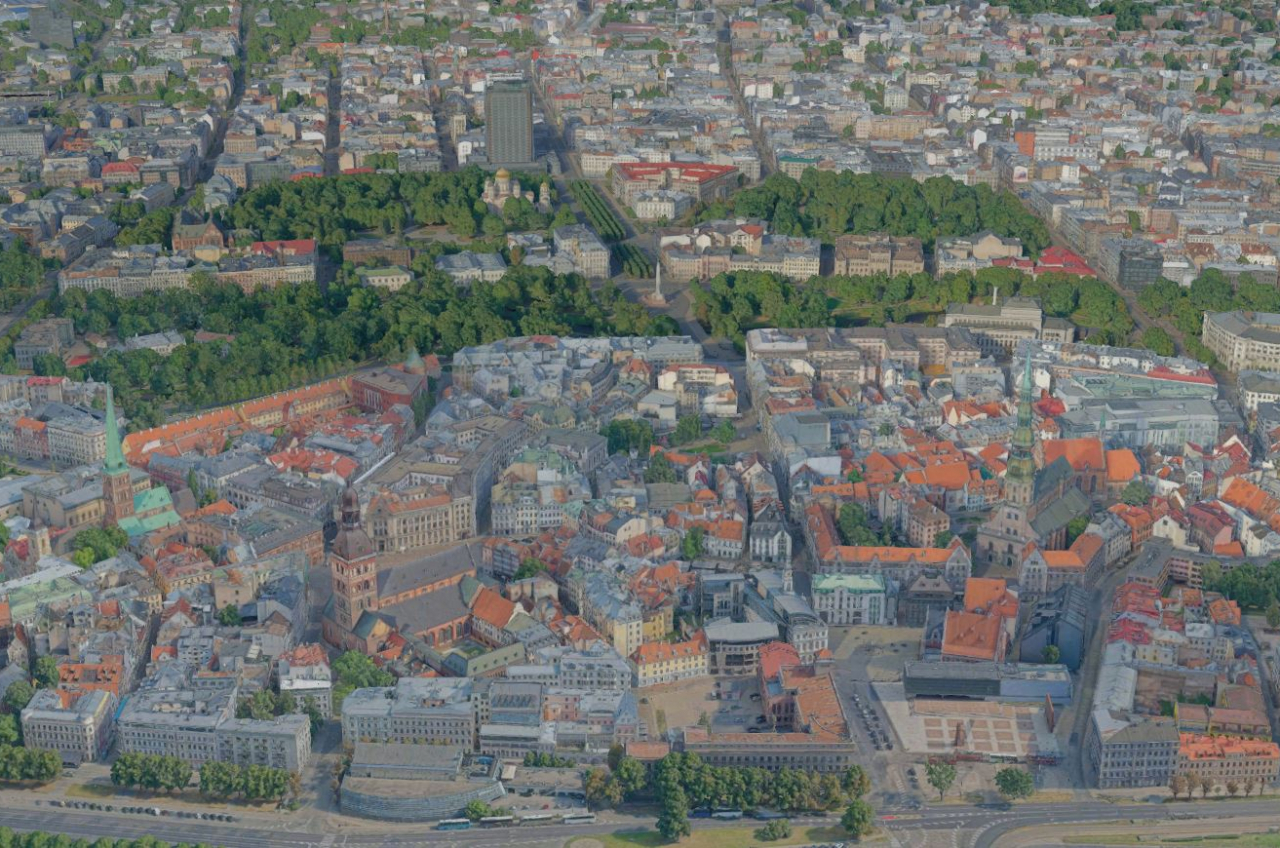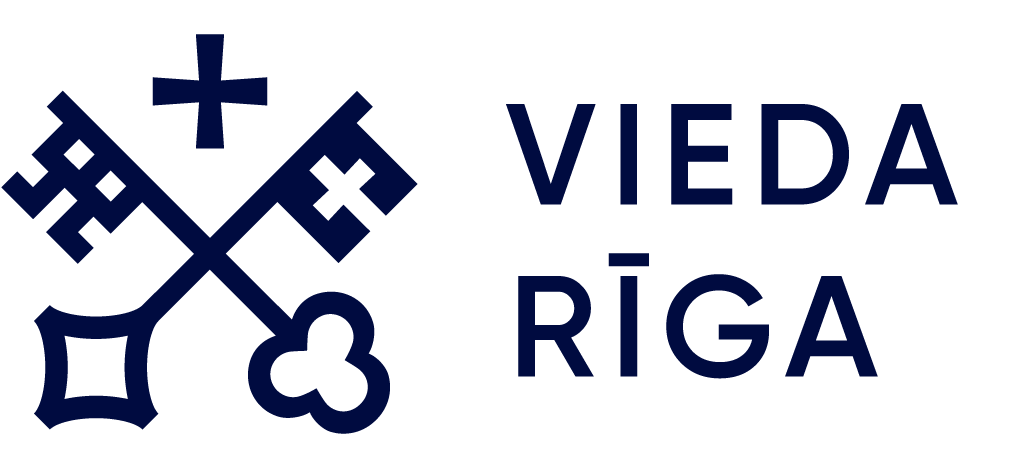Riga high-resolution 3D reality and 3D vector model developed
A high-resolution 3D reality model of Riga has been published on GEO RIGA (georiga.eu) as part of the ongoing work to create a geospatial digital twin for the Riga administrative area, where one can already take a virtual look at 14 neighbourhoods of the city’s historic centre and its development preservation zone, with a 3D vector model showing a simplified geometry of the buildings.
‘The Riga 3D vector and reality model is a virtual model of the city, where you can quickly and easily view the city’s buildings, and it represents the foundation for the development of Riga’s digital twin. Following the latest trends in Europe and the Baltic States, we began working on a high-resolution photorealistic 3D vector and reality model of the city in 2021. We can already see that the geospatial data produced as part of the project serve as an important tool for both the municipal government and the society, providing specialists in various fields with quickly accessible, modern, and up-to-date geospatial information,’ Diāna Korbe, head of the Geomatics Division at the Riga Local Government City Development Department, explained the significance of the project.
The 3D vector and reality model of Riga now covers an area of 55 km2, including the historic centre of Riga and its protection zone. Careful and technically complex work has resulted in a number 2D and 3D data products based on the geospatial data produced: a 3D vector model of buildings at LOD2 level of detail, a high-resolution 3D reality model, a classified set of laser scanning points, a digital elevation model, and high-resolution orthophoto maps.
The LOD2 3D vector city building model is extensively used for urban areas and project development across Europe and makes it possible for every building to be viewed as an individual object. Their simplified geometry is shown on all sides and technical information can be added to every object. The plan for the coming months is to publish the 3D vector models of the buildings, freely available for download.
The most technically complicated work was developing the 3D reality model of the city, which is now published on the GEO RIGA website, covering 14 neighbourhoods: Vecpilsēta, Centrs, Pētersala-Andrejsala, Brasa, Bolderāja, Jaunmīlgrāvis, Mežaparks, Maskavas forštate, Sarkandaugava, Skanste, Vecāķi, Vecdaugava, Vecmīlgrāvis, and Ziemeļblāzma cultural historic compound. Due to the large quantities of data, the publishing of the reality model is gradual, with plans to complete this process in the first half of this year, adding a 3D reality model for the zones with protected development on the left and right bank of the Daugava.
The availability of 3D geospatial data for Riga is an excellent tool that experts can use to quickly obtain free information, save resources and increase working efficiency in various fields: planning and execution of development and construction design, preparation of scientific and research works, in the tourism sector, etc. Architecture, surveying, and archaeology specialists will find the 3D set of laser scanning points to be an important source of information, with ever point describing the surface of an object or environment and is important for the spatial analysis of sites or for creating a detailed 3D model of the area.
The 3D reality model makes it possible to view a realistic representation of the urban environment and to analyse it. For example, it can be used to digitally visualise and model new construction plans, which is particularly important for investors. On the map, one can see every building and courtyard in Riga, add building projects and see what shadows are like at different times of the day and in different seasons, assessing how the planned architecture will fit into and look in the urban environment.
The 3D model also provides a digital representation of land surface features, which can be integrated with various software applications in the future. This technical solution is most often used for calculating and modelling situations related to water flows, floods, analysing solar energy potential, etc. For example, in predicting floods, it can be used to determine which areas will flood first if water rises to a certain level.
The city’s digital twin is most often used for urban planning and the supervision of construction processes, as it is physically impossible to quickly inspect and monitor the entire city area. In just a few seconds, the municipality’s specialists can use the 3D maps to view buildings, parks, streets, determine heights of buildings, and other things. In the future, the possibility of virtual exploration of the city will also help build a better understanding of the urban space among the public, which is important for organising public discussions on planned development and construction. These technical solutions also have the possibility to add digital historical building documentation to individual sites, saving the time needed to retrieve the information from the archive.
The geospatial data used to develop the 3D reality and 3D vector models of the city and its buildings were produced using sophisticated and time-consuming methods, with aerial laser scanning and aerial photography from a helicopter. In the Old Town Riga, laser scanning was also done from the ground level. The task of putting the data, sets of points and photographs obtained from both the air and the ground together was particularly challenging and technically complex, but it was necessary to produce the most detailed and geometrically accurate 3D reality model of the Old Town Riga neighbourhood.
In addition, GEO RIGA also offers other types of thematic maps, including the Riga reality model developed by the Latvian Geospatial Information Agency.
Parts of Riga’s geospatial digital twin that have undergone significant urban changes are planned to be updated within 3–5 year, which depends on the funding available. The project is implemented by the Riga City Council Urban Development Department.


